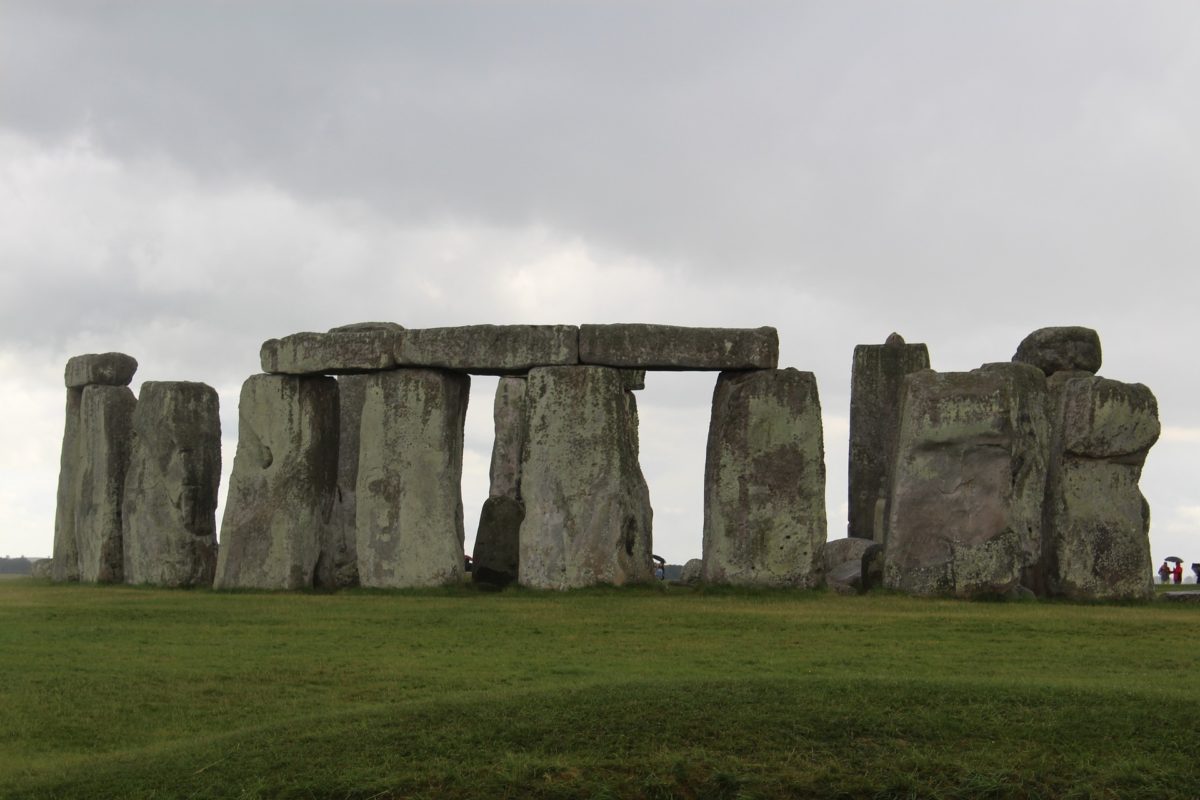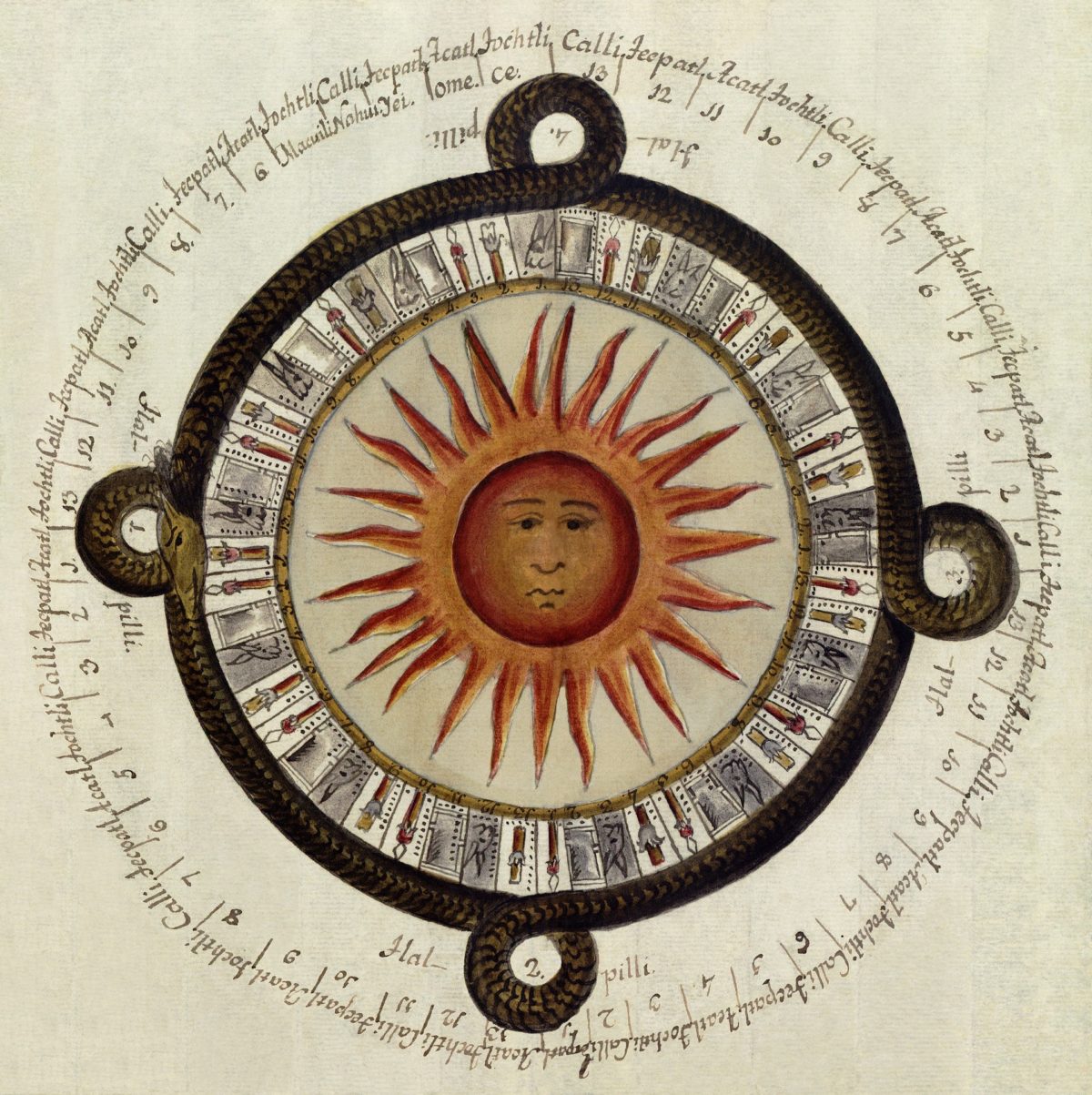Chapter 1: The Enigma of Stonehenge
Unveiling the Mysterious Origins of Stonehenge: New Discoveries and Theories
Stonehenge, the iconic prehistoric monument located in Wiltshire, England, has captivated the imagination of scholars, archaeologists, and visitors for centuries. Standing as a testament to human ingenuity and craftsmanship, Stonehenge has remained an enigma, with its true purpose and origins shrouded in mystery. However, recent archaeological discoveries and emerging theories have started to unravel the secrets of this ancient marvel. In this article, we delve into these new findings, shedding light on the true purpose and construction methods of Stonehenge.
Chapter 2: A Journey through Time
Tracing the Origins: Unveiling the Early Phases
Archaeological evidence suggests that Stonehenge was not conceived as a single project but evolved over thousands of years. The earliest phase of construction dates back to around 3000 BCE, with the creation of a circular ditch and bank. These primitive earthworks set the foundation for the monument we know today. However, it wasn’t until several centuries later that the iconic stone structure began to take shape.
Chapter 3: Cultural Influences and Connections
Unearthing Diverse Origins: A Tapestry of Cultures
Contrary to popular belief, Stonehenge was not solely a product of the ancient Britons. Recent studies have revealed that the monument bore the influence of multiple cultures, indicating a rich tapestry of traditions and beliefs. The bluestones, an integral part of Stonehenge, were transported from the Preseli Hills in Wales, suggesting connections between ancient Britons and their Welsh counterparts. Additionally, evidence of trade networks with continental Europe further expands the scope of cultural influences involved in the construction of Stonehenge.
Chapter 4: Rituals and Ceremonies
Unlocking the Sacred: Stonehenge as a Ritual Site
While the exact purpose of Stonehenge may never be fully known, it is believed to have served as a sacred site for various rituals and ceremonies. The alignment of the stones with astronomical events, such as the summer solstice, suggests a connection to celestial observations and a reverence for the cycles of the natural world. Recent excavations have unearthed artifacts associated with ancient religious practices, hinting at the significance of Stonehenge as a place of spiritual gathering and worship.
Chapter 5: Construction Techniques and Engineering Feats
Cracking the Code: Unraveling the Mystery of Stonehenge’s Construction
The methods employed by ancient builders to erect the massive stones of Stonehenge have long puzzled researchers. Recent breakthroughs in archaeology and experimentation have shed light on the engineering feats accomplished by these ancient craftsmen. The transportation of the bluestones from Wales, a distance of over 240 miles, remains a remarkable achievement, with theories ranging from the use of sledges to the implementation of water-based transportation. Additionally, the precision of the stone placement and the complex interlocking joints testify to the advanced construction techniques employed by the builders.
Chapter 6: Emerging Theories and Future Discoveries
The Unfinished Puzzle: Continual Exploration and Learning
While our understanding of Stonehenge has significantly improved, there is still much to uncover. Emerging theories propose that Stonehenge was not an isolated monument but part of a larger ritual landscape, with interconnected sites scattered across the region. Ongoing excavations and technological advancements hold the promise of unearthing new discoveries, giving us a deeper insight into the purpose and function of this ancient wonder. As we continue to unveil the mysteries of Stonehenge, we unlock not only the secrets of our past but also a greater understanding of the ingenuity and beliefs of our ancestors.
The Stonehenge Stretched

Chapter 7: The Legacy of Stonehenge
Beyond the Stones: Stonehenge’s Enduring Impact
Stonehenge’s significance extends far beyond its physical presence. It has become a symbol of human achievement, a testament to the ingenuity and craftsmanship of our ancestors. The monument’s enigmatic allure has attracted countless visitors from around the world, leaving an indelible impact on their understanding of ancient civilizations and the mysteries of our past.
Chapter 8: Preservation and Conservation Efforts
Protecting Our Ancient Heritage: Safeguarding Stonehenge for Future Generations
Recognizing the importance of Stonehenge, both culturally and archaeologically, efforts have been made to preserve and protect this ancient site. Conservation initiatives focus on maintaining the integrity of the monument, preventing erosion, and ensuring public access while minimizing environmental impact. By safeguarding Stonehenge, we not only honor the legacy of our ancestors but also provide future generations with the opportunity to explore and learn from this remarkable piece of history.
Chapter 9: Public Engagement and Education
Sharing Stonehenge’s Story: Inspiring Curiosity and Wonder
Stonehenge’s mysteries have captured the imagination of people worldwide, fuelling a desire for knowledge and understanding. To satisfy this curiosity, various educational programs, exhibitions, and guided tours have been developed to provide visitors with a deeper insight into the monument’s history, construction, and cultural significance. Through public engagement, we foster a greater appreciation for our shared heritage and cultivate a sense of wonder for the marvels of the past.
Chapter 10: The Future of Stonehenge Research
Unveiling Further Secrets: The Ever-Evolving Quest for Knowledge
As technology advances and new archaeological techniques emerge, the study of Stonehenge continues to evolve. Ground-penetrating radar, LiDAR, and other non-invasive methods offer unprecedented opportunities to explore the surrounding landscape and uncover hidden structures or burial sites. Additionally, interdisciplinary collaborations between archaeologists, historians, scientists, and indigenous communities contribute to a more comprehensive understanding of Stonehenge’s origins and purpose. With each discovery, the puzzle of Stonehenge becomes clearer, but new questions arise, driving us ever forward in our quest for knowledge.
Chapter 11: Stonehenge in Popular Culture
Stonehenge in Film, Literature, and Art: Inspiring the Imagination
Stonehenge’s aura of mystery and grandeur has permeated popular culture, making appearances in films, literature, and art. Its iconic silhouette and enigmatic history have provided fertile ground for storytellers, who weave tales of magic, ancient rituals, and hidden powers. Through these creative interpretations, Stonehenge continues to captivate audiences and ensure its place as an enduring symbol of our collective human heritage.
Conclusion
Unveiling the mysterious origins of Stonehenge has been an ongoing endeavor, fueled by archaeological discoveries and emerging theories. From tracing its early phases to exploring its diverse cultural influences, Stonehenge’s secrets are gradually being revealed. As we delve into the rituals performed at the site and unravel the construction methods employed, we gain a deeper understanding of our ancient ancestors’ spiritual beliefs and engineering prowess.
While the mysteries of Stonehenge may never be fully unraveled, the journey of exploration continues. Ongoing research, preservation efforts, and public engagement ensure that Stonehenge’s legacy endures, inspiring curiosity and wonder in generations to come. As we unlock the secrets of Stonehenge, we not only illuminate the past but also celebrate the resilience and ingenuity of humanity throughout the ages.

Unmasking the Skull and Bones
For decades, the Skull and Bones society has captivated the imagination of many. Known for its association with Yale University, this secret society

Whispers of the Serpent’s Legacy
Chapter 1: The Lost Manuscript In a dimly lit study in a remote English manor, Professor Samuel Worthington poured over the weathered pages of an

Secretive Societies: Separating Truth from Fiction
Secretive societies have always captured the imagination of people, fueling conspiracy theories and legends. These organizations often operate behind











